Have you been thinking about upgrading your home’s siding recently? If so, hardboard siding may be a material you’ve come across. This lesser-known option has some pros and cons that you should be aware of before making a decision. In this blog article, we’ll go through everything you need to know about hardboard siding, including what it is and how it’s produced. The benefits and drawbacks will be addressed.
How Is Hardboard Siding Manufactured?
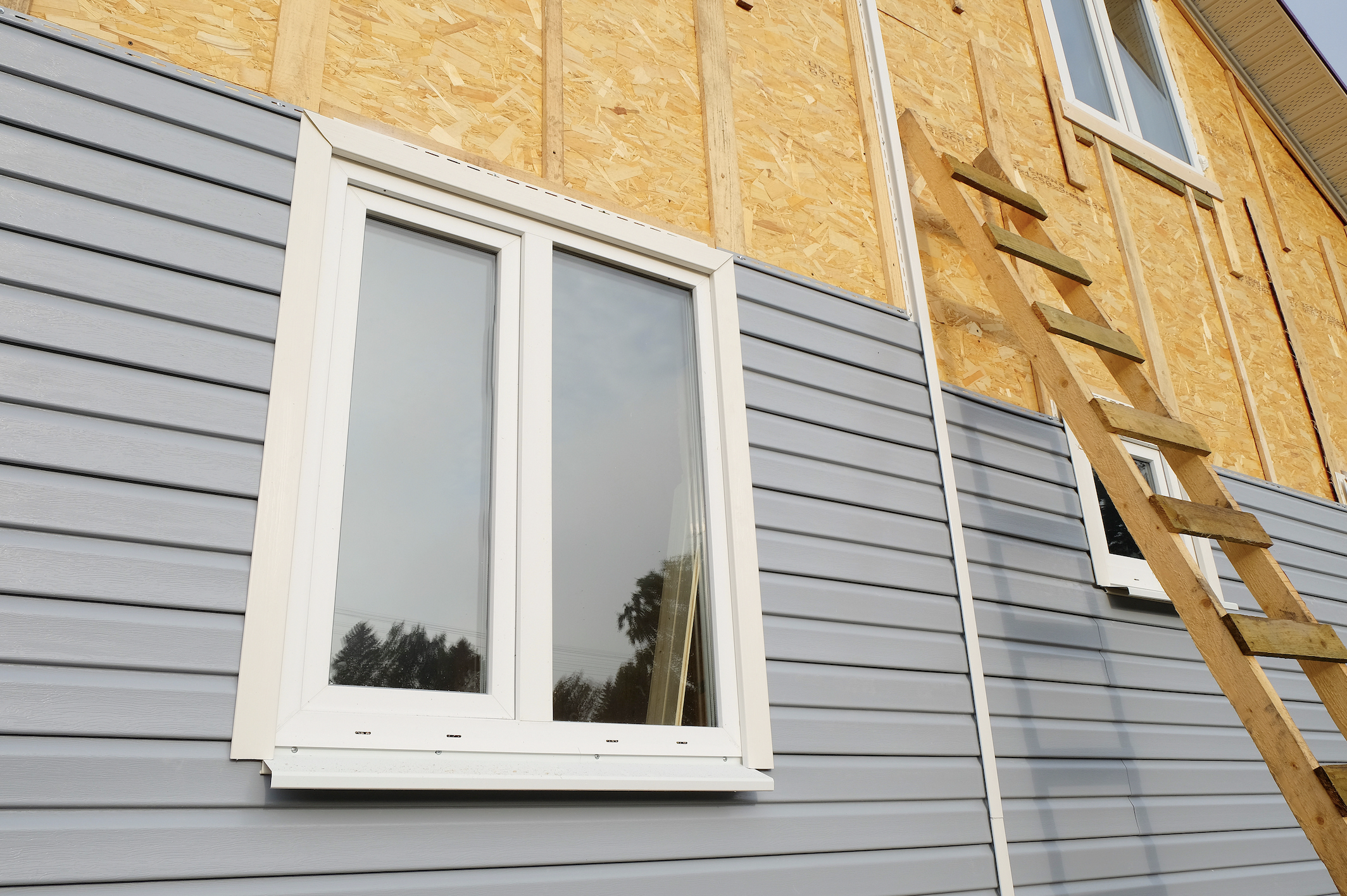
Hardboard siding is made from wood fibers that are combined with adhesives and then pressed into sheets. The sheets are then cut to size and installed on the exterior of a home. Hardboard siding is one of the most popular types of siding because it is durable and easy to maintain.
Hardboard siding comes in a variety of colors and styles, so it can be used to complement any type of home.
[1]
What Are The Common Hardboard Issues?
Hardboard siding is not without its issues, however. One of the most common problems with hardboard siding is that it can delaminate, or peel away from the substrate to which it is attached. This can happen due to a number of factors, including improper installation, poor quality materials, and exposure to moisture. If your hardboard siding begins to delaminate, it will need to be replaced as soon as possible to avoid further damage to your home.
Finally, hardboard siding can be difficult to repair if it is damaged. If you have hardboard siding, it is important to be aware of these potential issues so that you can address them quickly if they arise.
How to Determine if Your Siding Is Pressboard or Hardboard
If you’re not sure whether your siding is pressboard or hardboard, there are a few ways to tell. First, take a look at the thickness of the material. Hardboard siding is typically about ¼-inch thick, while pressboard siding is usually only about ⅛-inch thick. Second, try to bend the material. If it cracks or breaks easily, it’s probably a pressboard.
Finally, look for signs of delamination; this is when the layers of the material start to separate.
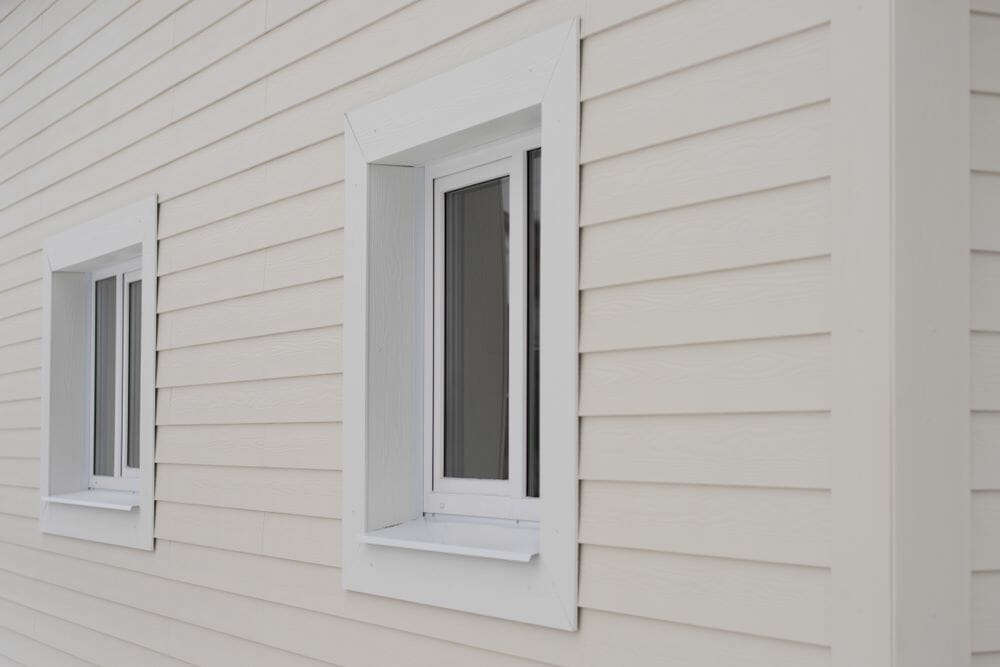
Types of Hardboard Siding
Hardboard siding comes in two main types: tempered hardboard and oriented strand board (OSB). Tempered hardboard is made from wood fibers that are first broken down into small pieces, then heated and pressed together. OSB is made from larger pieces of wood that are pressed and glued together.
Tempered hardboard is more resistant to damage than an OSB, but it’s also more expensive. If you live in an area with high winds or hail, tempered hardboards may be a good choice for your home.
Things to Consider When Buying Hardboard Siding
When you’re shopping for hardboard siding, there are a few things you’ll want to keep in mind. Here are a few factors to consider:
- The climate in your area: Hardboard siding is not recommended for areas with high humidity or severe weather conditions. If you live in an area with harsh winters, high winds, or frequent storms, hardboard siding may not be the best choice for your home.
- The style of your home: Hardboard siding is available in a variety of styles and colors, but it may not be the best option if you’re looking for a traditional look. If you have a modern or contemporary home, however, hardboard siding can add a unique look.
- Your budget: Hardboard siding is a more affordable option than many other types of siding, but it’s still important to consider your budget when making your decision.
Hardboard siding is a great option for those who are looking for an affordable and durable solution for their home. Keep in mind the climatic conditions in your region, the style of your home, and your budget while making your selection. You may discover the ideal hardboard siding for your house with a little study.
Advantages Of Using Hardboard Siding
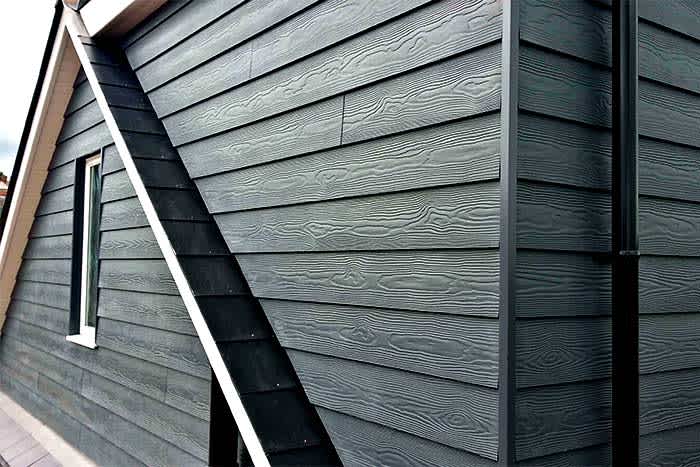
Different Colors And Textures
One of the main advantages of using hardboard siding is that it comes in a variety of colors and textures. You can find hardboard siding that has a smooth finish or you can find ones that have a rough finish. There are also many different colors to choose from, so you should be able to find one that will match the exterior of your home perfectly.
Eco-Friendly Product
Another advantage of using hardboard siding is that it is an eco-friendly product. Hardboard siding is made from wood fibers that are bound together with a resin. This makes it a much more environmentally friendly choice than other types of siding, such as vinyl siding.
Recyclable
Hardboard siding is also recyclable, so if you ever decide to replace it, you can simply recycle the old siding. This makes it a very sustainable choice for your home.
Affordable
Hardboard siding is also very affordable, especially when compared to other types of siding. This makes it a great choice for anyone who is looking to save money on their home improvement project.
It is Constructed with a Look and Feel of Real Wood
Although hardboard siding is not made from real wood, it is constructed with a look and feel of real wood. This gives it a very natural look that can greatly improve the curb appeal of your home.
It Requires Little Maintenance
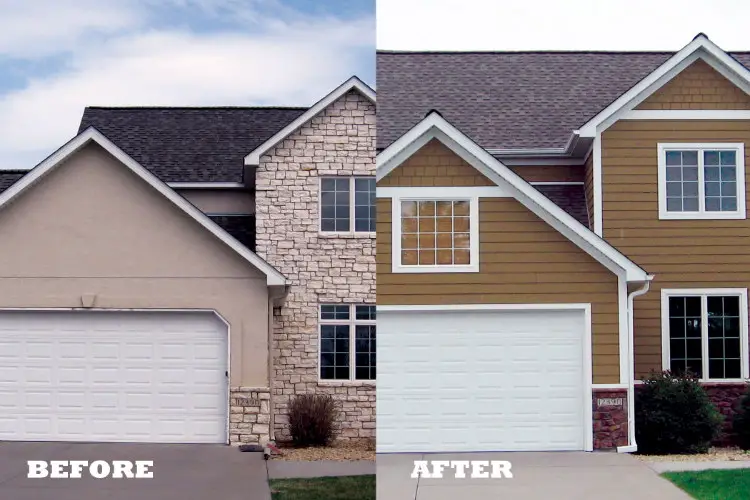
Hardboard siding requires very little maintenance, which is another advantage. all you need to do to keep it looking its best is to hose it down with a garden hose every now and then. You may also need to paint it every few years, but other than that, there is very little maintenance required.
Easy To Install
Hardboard siding is also very easy to install, so you should be able to do it yourself if you are handy. If not, you can always hire a professional to do it for you.
Durable
Hardboard siding is also very durable, so it will last for many years. This makes it a great investment for your home.
Rust Resistance
Hardboard siding is resistant to rust, making it a good choice for homes in humid climates. It’s also a good choice for homes with metal roofs, as the panels can help prevent rust from spreading to the home’s exterior. [4]
Resistant To Insects
Hardboard siding is also resistant to insects, making it a good choice for homes in areas where termites or other pests are a problem. The material is also rot-resistant, so it’s a good choice for homes in wet climates.
Caring For Old Hardboard Siding
If you have old hardboard siding, it’s important to properly maintain it. The material is susceptible to damage from water and sun, so it’s important to regularly inspect the siding and repair any damaged areas.
It’s also important to regularly clean the siding to prevent dirt and grime from building up. A pressure washer can be used to remove dirt and grime, but be sure not to use too much pressure, as this can damage the material.
When painting or staining hardboard siding, it’s important to use a primer designed for use on the material. This will help ensure that the paint or stain adheres properly and doesn’t peel or flake off over time.
Finally, if you’re concerned about the environment, there are now many eco-friendly options available. These options are made from recycled materials and can help reduce your carbon footprint. [5]
What Are The Alternatives To Hardboard Siding?

Wood
In the United States, wood siding is by far the most popular siding type. It’s strong and long-lasting, but it requires more upkeep than other siding types.
Fiber Cement Siding
Fiber cement siding, unlike other types of residential siding, is a mix of wood fiber, Portland cement, sand, and water that is molded into panels. Though it costs more, this type of siding is very strong and will last a long time.
Vinyl Siding
Vinyl siding is the least expensive type of siding, but it is also the least durable. It is made from PVC plastic and can be damaged by wind, hail, and UV rays.
Aluminum Siding
Aluminum siding is very durable and long-lasting, but it is also one of the most expensive types of siding.
Stucco
Stucco is a type of plaster that is made from cement, sand, water, and lime. It is commonly used in Mediterranean-style homes and can be painted any color you want. [6]
How to Install Hardboard Siding?
Installing hardboard siding is not difficult, but there are a few things you should know before getting started. Here are the basics of how to install hardboard siding:
First, you need to measure the area where you will be installing the siding. This will help you determine how much material you will need.
Next, you need to cut the panels to size. You can do this with a saw or power tool. Be sure to wear safety goggles when using power tools.
Once the panels are cut to size, you can begin attaching them to the surface. You will need nails or screws for this step. Be sure to predrill holes for the nails or screws so that they go in easily.Finally, you need to caulk the seams between the panels. This will help prevent water from getting into your home. Use a good quality caulk for this step.
Installing hardboard siding is not difficult, but there are a few things you should know before getting started. By following these simple steps, you can install hardboard siding yourself and save money on installation costs. [7]
How to Properly Clean Hardboard Siding?
Hardboard siding is a popular choice for many homeowners because it is durable and easy to maintain. However, it is important to know how to properly clean hardboard siding in order to keep it looking its best. Here are some tips on how to clean hardboard siding:
- Start by using a mild detergent and water solution.
- If you have stubborn stains, you can use a stronger cleaning solution or even a power washer.
- Be sure to rinse the area well after cleaning.
- You may also need to repaint or re-stain the area if it becomes faded over time.
Following these tips, you can keep your hardboard siding looking like new for years to come! If you have any questions about hardboard siding or need help with installation, be sure to contact a professional contractor.
Custom Hardboard Siding Ideas for Your Home
There are many different ways that you can use hardboard siding to customize your home. Here are a few ideas to get you started:
- Paint or stain the siding to match your home’s exterior.
- Add trim around windows and doors for a more finished look.
- Use hardboard siding to create accent walls or other architectural features inside your home.
No matter what you decide to do with hardboard siding, it is sure to add beauty and value to your home! If you need help with installation, be sure to contact a professional contractor.
Is Hardboard Siding For You?
Hardboard siding is a material that has been gaining in popularity in recent years as an exterior siding option. It is made from wood fibers that are combined with resin and pressed into sheets. Hardboard siding is available in a variety of colors and textures, making it a versatile option for homeowners. It is good for your home if you are looking for a durable, low-maintenance siding option.
FAQ
Can you still get hardboard siding?
Yes, you can still get hardboard siding but it’s not as common as it once was. Hardboard siding is a type of composite siding that is made from wood fibers and resin. It was once a popular choice for homes because it was less expensive than other types of siding and it had a smooth finish. However, hardboard siding has been known to deteriorate over time and it is not as durable as other types of siding. If you are considering hardboard siding for your home, make sure to do your research and talk to a professional before making a decision. There are many different types of siding on the market today and each has its own set of pros and cons. Choose the type of siding that is right for your home and your budget.
What are the cons of hardboard siding?
Hardboard siding is a popular choice for many homeowners because it is inexpensive and easy to install. However, hardboard siding does have some drawbacks. One of the biggest disadvantages of hardboard siding is that it is not very durable. Hardboard siding can be easily damaged by hail or high winds, and it is also susceptible to rot and insect infestation. Another downside to hardboard siding is that it does not provide much insulation, so your home may not be as energy-efficient as you would like.
How do you care for hardboard siding?
To care for hardboard siding, you should:
- clean it with a soft brush and mild soap at least once a year;
- repair any cracks or holes as soon as possible;
- paint or seal it every three to five years.
Caring for hardboard siding is important because it helps extend the lifespan of the siding and keep it looking its best. However, even with proper care, hardboard siding will only last around 20 years before needing to be replaced. For this reason, many homeowners choose to install other types of siding, such as vinyl or fiber cement, which have longer lifespans. If you do choose to install hardboard siding, be sure to follow the manufacturer’s instructions carefully and inspect it regularly for damage. With proper care, your hardboard siding should last for many years.
Is hardboard and Hardie board the same?
No, hardboard and Hardie board are not the same. Hardboard is a generic term for a type of fiberboard made from wood fibers. Hardie board is a specific brand of fiber cement siding made by James Hardie.
Does hardboard siding contain asbestos?
No, hardboard siding does not contain asbestos. However, it is important to note that some types of hardboard siding may contain formaldehyde, which has been linked to cancer. If you are concerned about formaldehyde exposure, you should choose a type of hardboard siding that is labeled as “formaldehyde-free.
How do you install hardboard siding?
Cut a slot in the bottom of each panel using a circular saw and jigsaw, as shown. Align the slots over the furring strips, then drive screws through the slots into the furring (Image A). Install Z-flashing at all vertical joints. At horizontal joints, install L-flashing (Image B). Caulk all joints with 100 percent silicone caulk. To avoid staining the siding, use a putty knife to remove excess caulk while it’s still wet. Paint or stain all cut ends and edges of hardboard before installation to match the finish color of your siding. Also paint or stain any exposed nails. Use two coats of paint or stain.
Does hardboard expand and contract?
Hardboard siding is made of wood fibers that are combined with wax and resin, then pressed into boards. The main advantage of hardboard siding is that it’s very inexpensive. Hardboard siding doesn’t last as long as other types of siding, however, and it doesn’t stand up well to the elements. One potential downside of hardboard siding is that it can expand and contract due to changes in temperature and humidity. This can cause the boards to warp or crack over time. If you live in an area with extreme weather conditions, hardboard siding may not be the best choice for your home.
How to paint hardboard siding?
The best way to paint hardboard siding is to use a paintbrush or roller. You’ll want to start by painting the edges and then work your way in. Be sure to use a primer before painting, as this will help the paint adhere better and last longer. When painting, it’s important to keep a wet edge so that you don’t end up with any brush marks. Once you’re finished painting, be sure to clean your brushes and rollers thoroughly so that they’re ready for next time.
What are the different types of hardboard siding?
There are two main types of hardboard siding: painted and primed. Painted hardboard siding has a top layer of paint that is applied at the factory. Primed hardboard siding does not have a top layer of paint, but it does have a primer that helps protect the material from weathering.
What is a high-quality hardboard siding?
Hardboard siding is a type of engineered wood siding that is made from wood fibers that are bonded together with resins. Hardboard siding is available in a variety of thicknesses and styles, but it is most commonly used as a lap siding or panel siding. Hardboard siding can be painted or stained, and it is an affordable option for many homeowners.
Useful Video: IS THIS THE WORST BUILDING MATERIAL EVER?! (How To Identify/Address–MASONITE SIDING/HARDBOARD)
Conclusion
Hardboard siding is a great option for those who are looking for an alternative to traditional wood or vinyl siding. It is durable, low maintenance, and easy to install. However, it is important to note that hardboard siding is not fireproof and can be susceptible to rot and insect damage if not properly maintained. Overall, hardboard siding is a great option for those who are looking for an alternative to traditional wood or vinyl siding.
Thank you for reading! We hope this article was helpful in informing you about everything you need to know about hardboard siding. If you have any further questions, please don’t hesitate to reach out to us. We would be more than happy to help!
References
- https://www.homereference.net/hardboard-siding/
- https://www.hwconstruction.com/blog/how-hail-wind-damages-your-homes-siding
- http://www.dcgpanels.co.uk/sub5-hardboard-and-osb.html
- https://tulsarenew.com/2018/04/24/how-to-tell-if-your-home-has-problematic-hardboard-siding-and-what-to-do-about-it/
- https://sidingauthority.com/hardboard-siding/how-to-tell-if-your-home-has-problematic-hardboard-siding-and-what-to-do-about-it
- https://www.3ghomeimprovements.com/2019/03/12/what-is-hardboard-siding-and-why-does-it-fail/
- https://www.proremodeler.com/installing-hardboard-siding


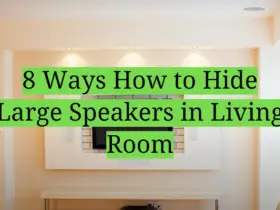



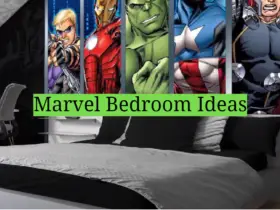
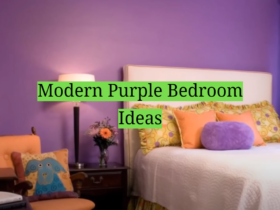
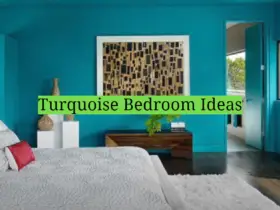

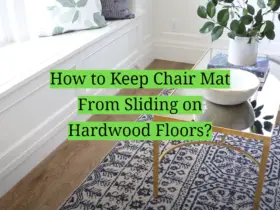
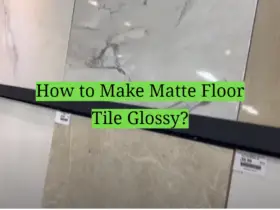

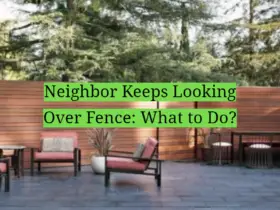
Leave a Reply